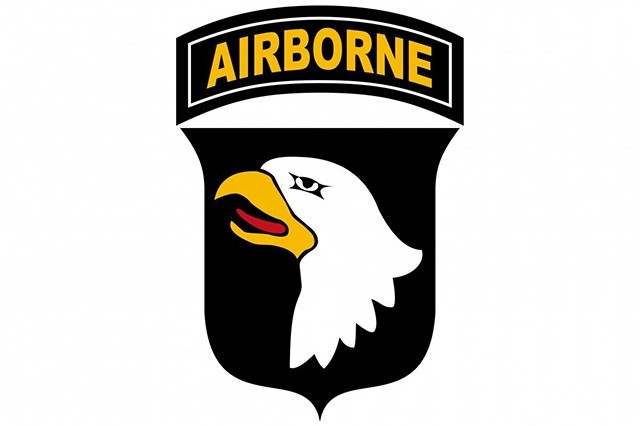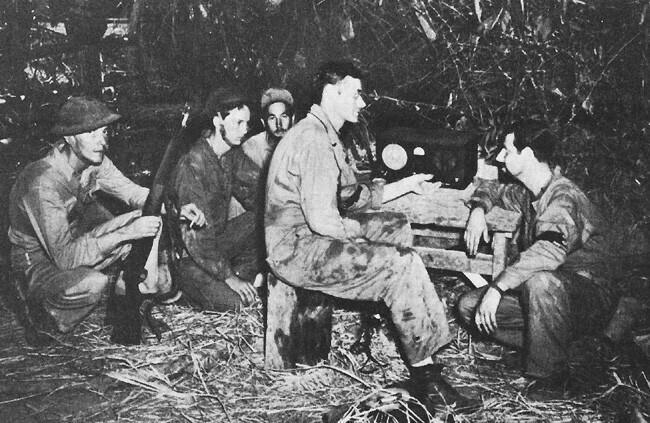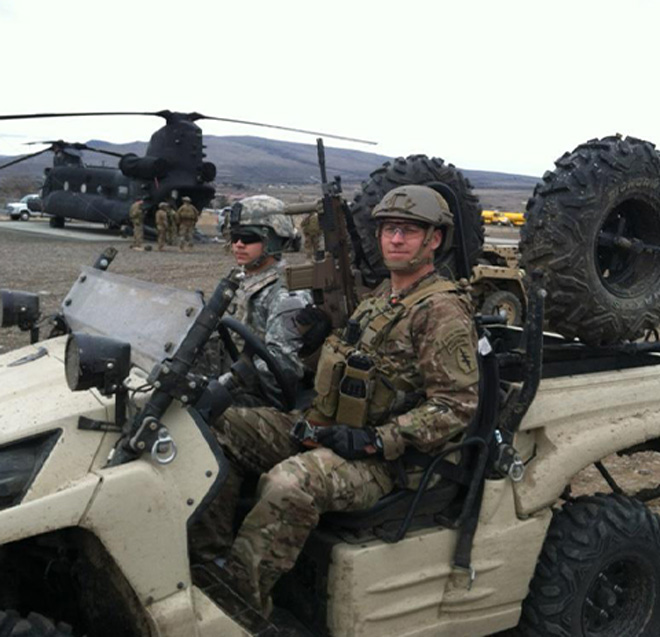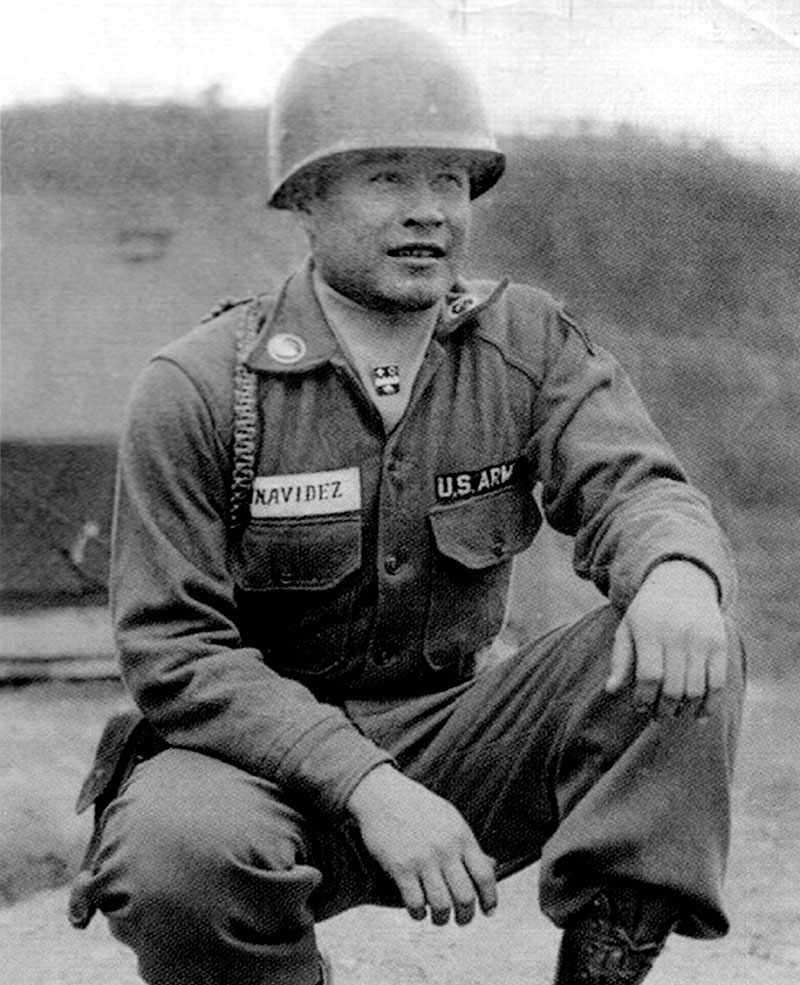The Department of the Army announced today the deployment of several units including units from the @82ndABNDiv, @101stAASLTDIV, @4thInfDiv, @1stArmoredDiv, @1stCavalryDiv, @3rd_Infantry and the 4th Security Forces Assistance Brigade. 

The Department of the Army announced today the upcoming 2020 rotation to Europe of the @101stAASLTDIV Combat Aviation Brigade stationed at @FortCampbell, Kentucky.
Learn more at go.usa.gov/xvQqu
Learn more at go.usa.gov/xvQqu

The Department of the Army announced today the upcoming 2020 rotation to Afghanistan of the 4th Security Forces Assistance Brigade stationed at @USArmy_FtCarson, Colorado.
Learn more at go.usa.gov/xvQqh
Learn more at go.usa.gov/xvQqh

The Department of the Army announced today the upcoming summer 2020 rotation to Iraq of the @2BCT_FALCONS, @82ndABNDiv stationed at @FtBraggNC this summer.
Learn more at go.usa.gov/xvQ3a
Learn more at go.usa.gov/xvQ3a

The Department of the Army announced today the upcoming 2020 rotation to Afghanistan of the @4thInfDiv Combat Aviation Brigade stationed at @USArmy_FtCarson, Colorado.
Learn more at go.usa.gov/xvQ3r
Learn more at go.usa.gov/xvQ3r

The Department of the Army announced today the upcoming 2020 rotation to Kuwait of the @2ABCT1AD, @1stArmoredDiv stationed at @FortBlissTexas.
Learn more at go.usa.gov/xvQ3j
Learn more at go.usa.gov/xvQ3j

The Department of the Army announced today the @1stCavalryDiv Headquarters stationed at @forthood, Texas, will deploy to #Europe in support of #AtlanticResolve this summer.
Learn more at go.usa.gov/xvQ3Z
Learn more at go.usa.gov/xvQ3Z

The Department of the Army announced today the upcoming 2020 rotation to #Europe of the @SpartanBrigade, @3rd_Infantry stationed at @USAGStewartHAAF, Georgia.
Learn more at go.usa.gov/xvQ3k
Learn more at go.usa.gov/xvQ3k

• • •
Missing some Tweet in this thread? You can try to
force a refresh




















